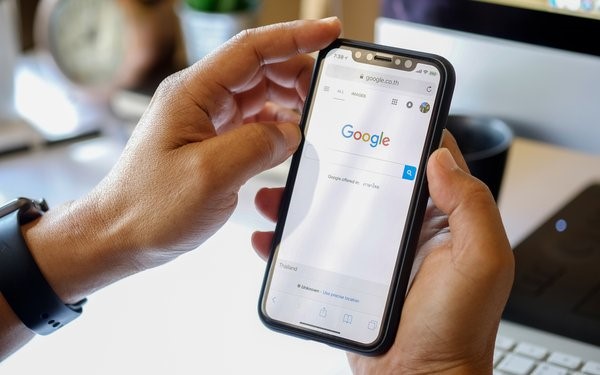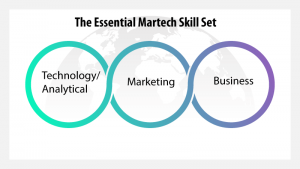Google ML Needs A ‘Learning Phase’ Reboot

It took a highly experienced search team working for two weeks to develop a workaround for a multi-location Google Ads campaign because the company’s machine learning (ML) algorithms would not cooperate.
Tim Halloran, director of operations at Aimclear, tried to run a multi-location campaign for a services company that requires good weather with locations in northern Florida; the Hamptons, New York; Washington, D.C.; Chicago; other parts of Long Island and Detroit, among other locations. The company did well in the spring and summer, but wanted to expand into the Florida Keys, the Bahamas, Cancun, Tulum, Dubai, and other locations to generate revenue from rentals during the winter months.
The company purchases between $50,000 and $150,000 in ad spend monthly. Most would categorize this business, based on its budget, as a medium-sized company.
The multi-location campaigns perform really well in the summer, because people search for services-related keyword terms in Google Search. But once fall and winter move in, the Google Ads campaign fails.
Campaigns running through Google Ads go through a learning phase. What is a learning phase? Halloran described it as “a study period for Google’s system where it tries to understand and improve advertising campaigns.”
This phase does not have a fixed time. It largely depends on how quickly the ads lead to an action by a customer, such as making a purchase.
Google monitors how people react to the ads. If an ad quickly prompts an action, the learning phase is short. If not, it takes longer.
Google requires a certain number of these actions to move out of the learning phase.
“If it gets stuck in the learning phase, it’s like a hamster wheel effect — you just keep spending money without any results,” Halloran said.
For small and medium-sized businesses (SMBs), this can be challenging, he added, because they typically get fewer customer actions compared with big companies.
Aimclear ran between 20 and 30 campaigns for the company. The ad campaigns were created based on location.
Halloran had to combine all of the location campaigns into one to get the campaign to run. Then he used certain keywords to designate negative locations.
As a workaround, Halloran said the team had to try turn Google’s ML technology against itself for the client to benefit from a Google Ads campaign.
It’s a little complex, but basically, Google recommended that the team increase the daily spend because there weren’t enough conversions to get out of the learning phase, aim for a broader local audience, or be less selective about who sees the ads.
“It feels like Google Ads has become a ‘pay-to-win’ game,” he said. “You have to spend more to have a chance at success,” he added. “More now than ever before.”
In another example, a small, three-person auto shop in metro Minneapolis that spends several thousand dollars a month started getting traffic from Spain and Massachusetts. The company is spending money on a campaign for traffic that doesn’t matter.
Google had been guiding advertisers on best practices, but allowed them to run ads in the way they saw fit, which allowed advertisers to be “tacticians and read the nuances of how consumer’s search queries could mean different things,” he said. This allowed search experts to bid on keywords that gave the best chance of success.
(12)
Report Post






